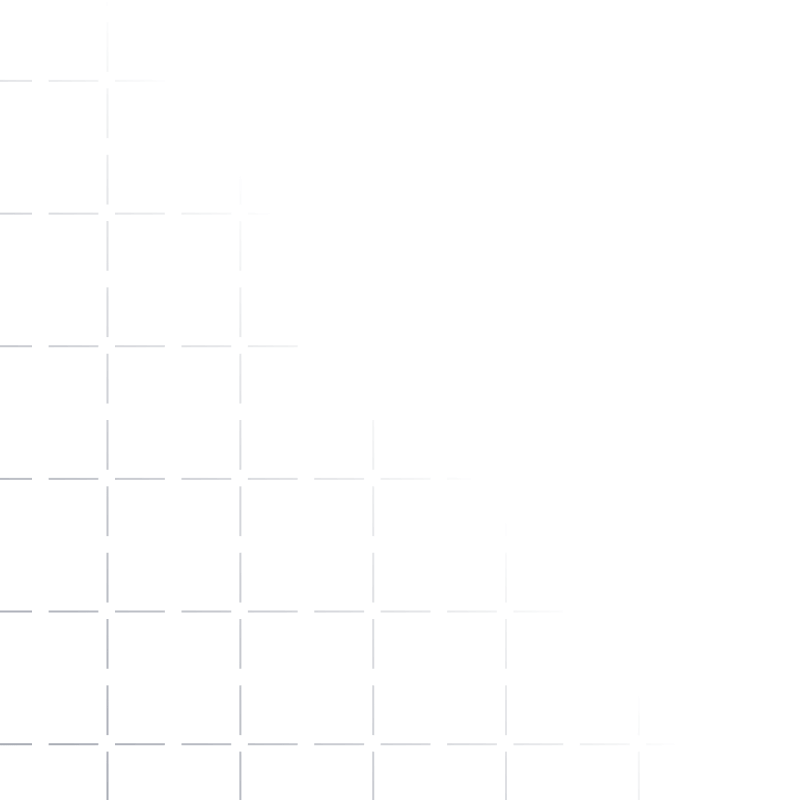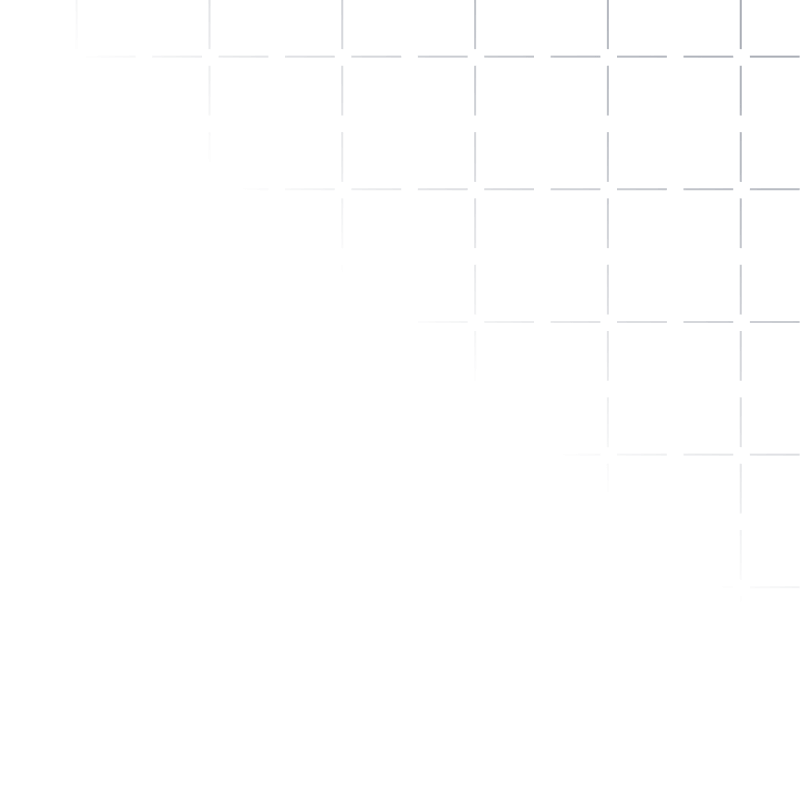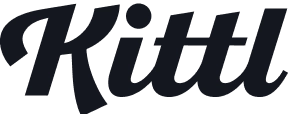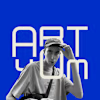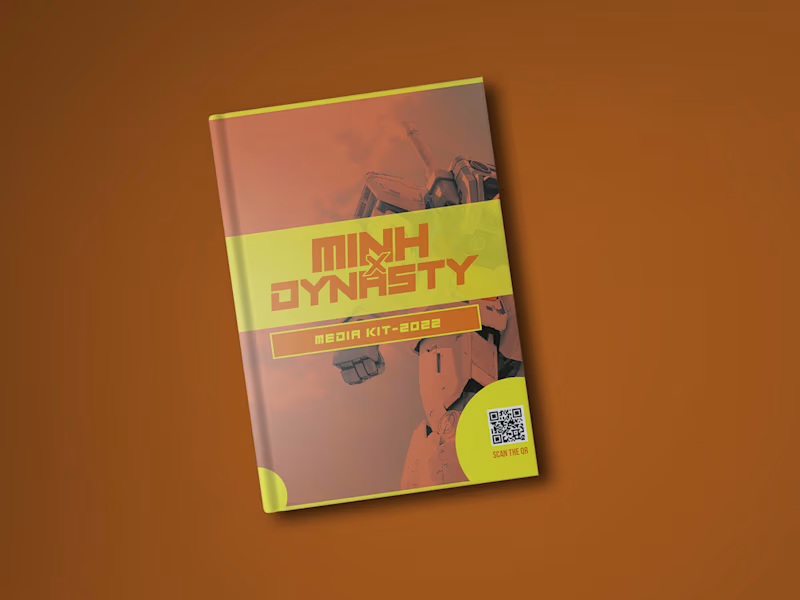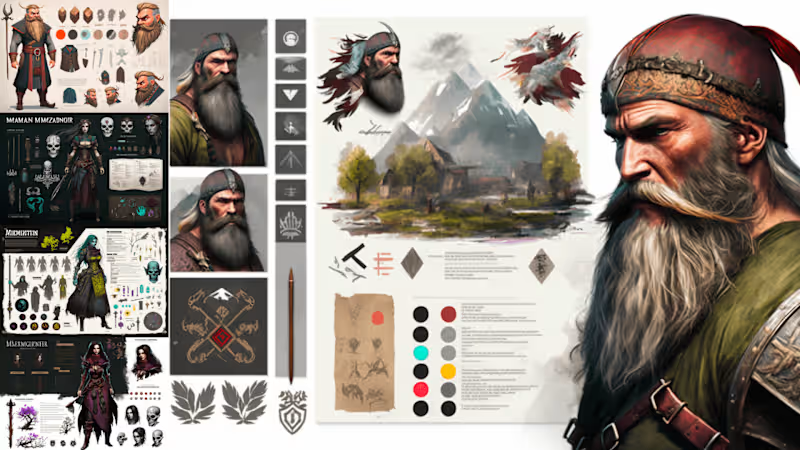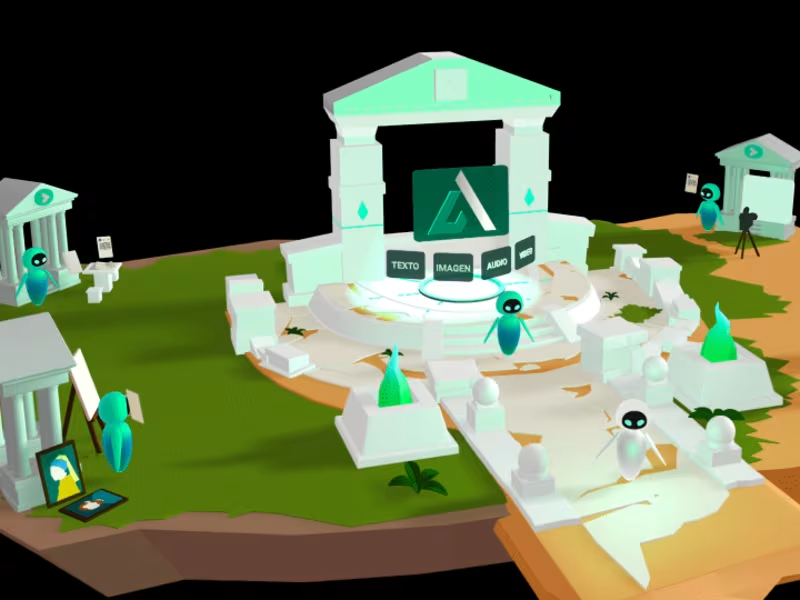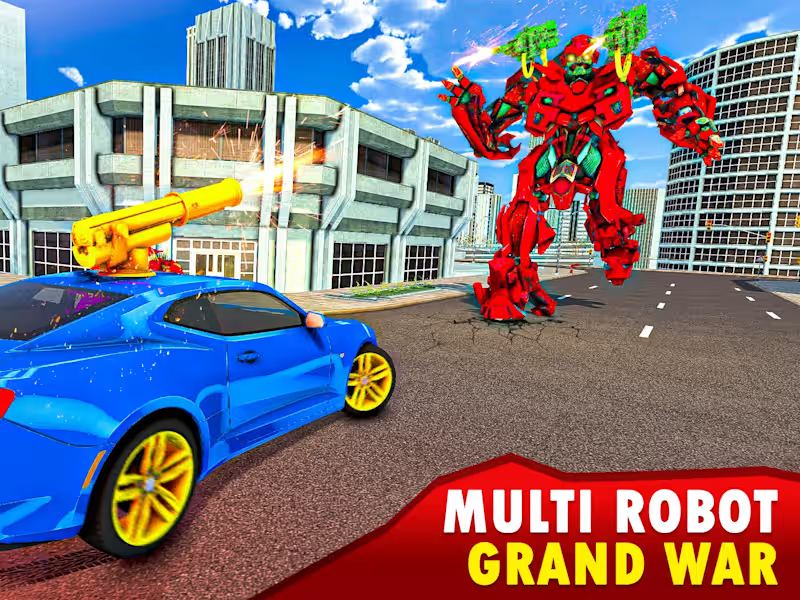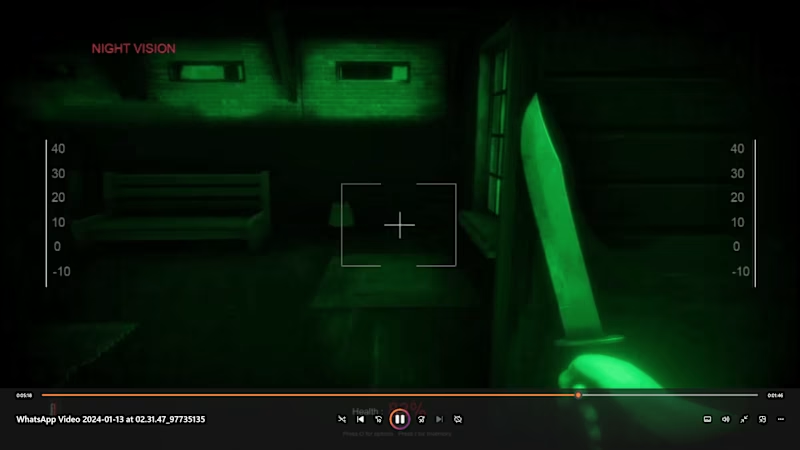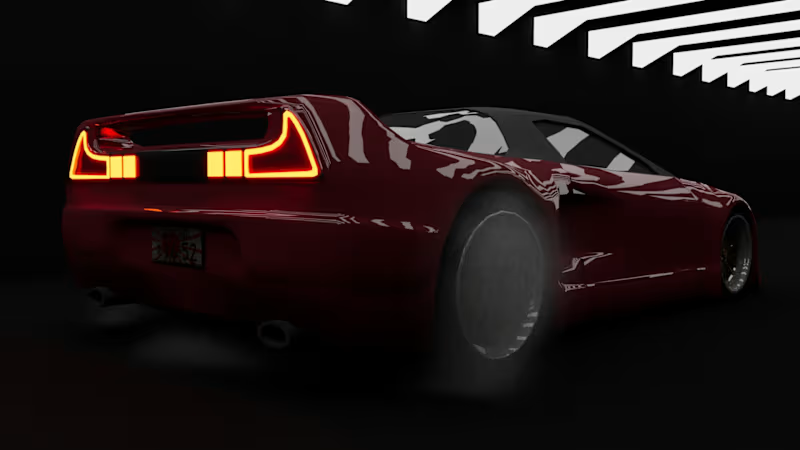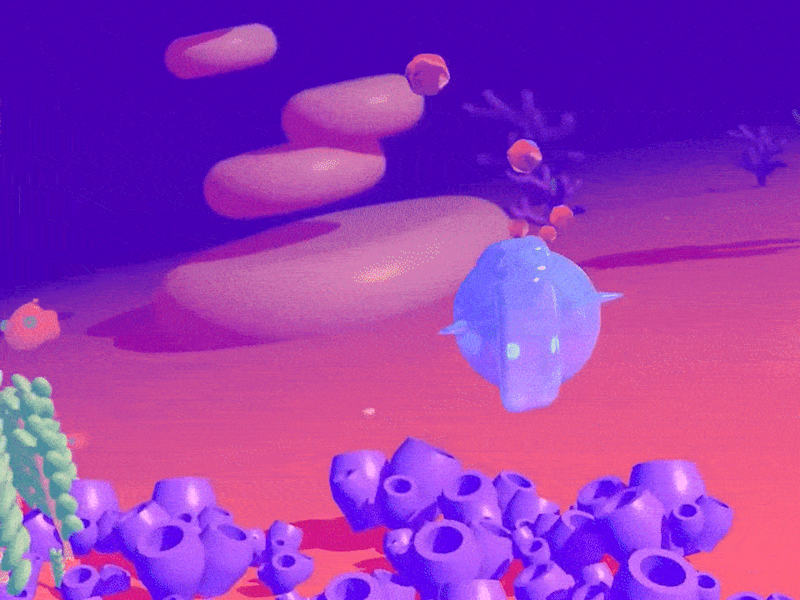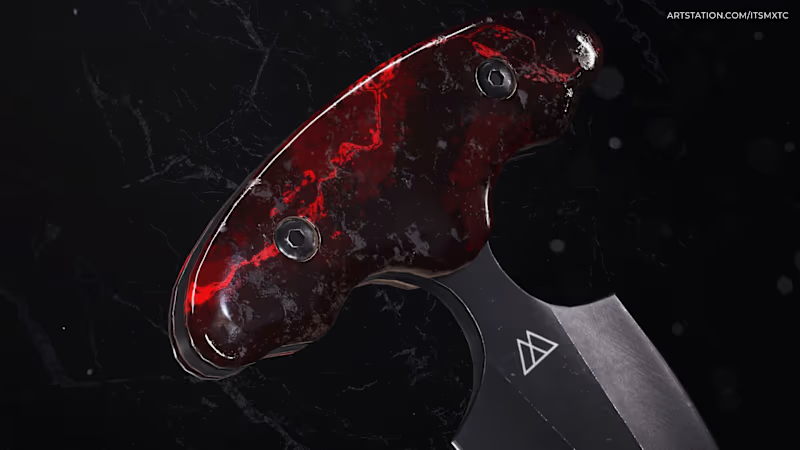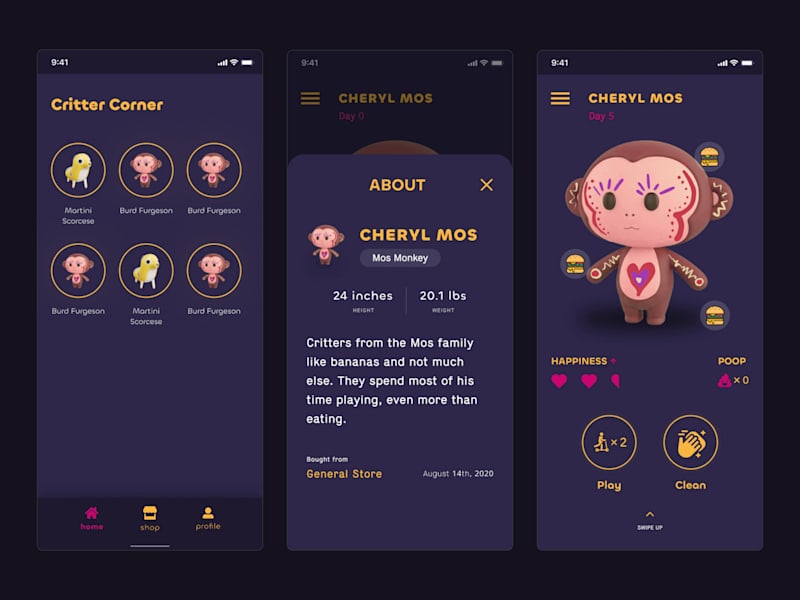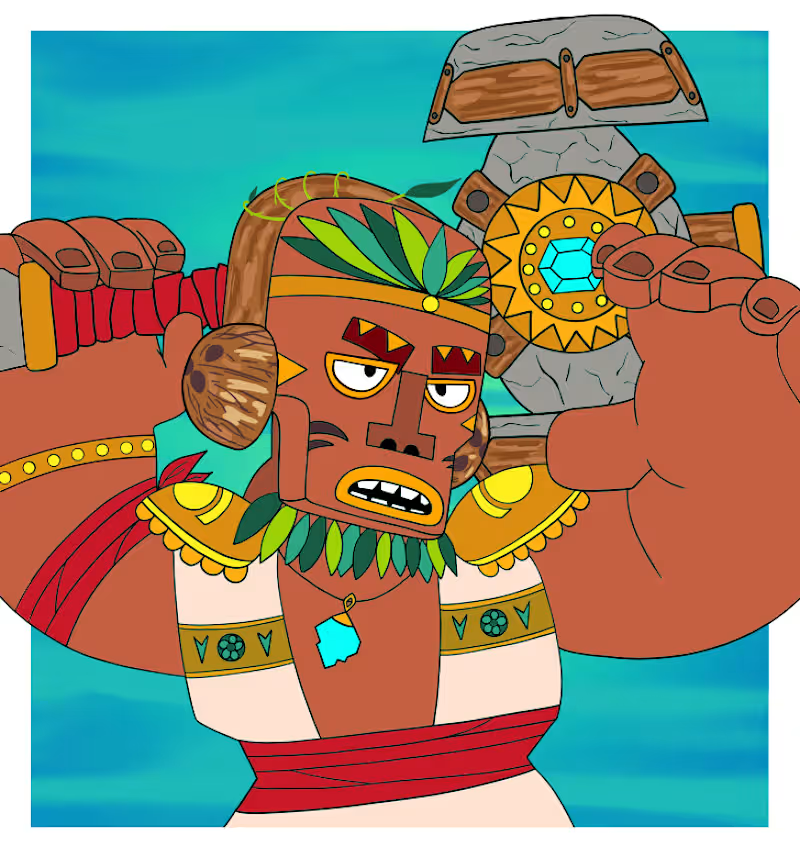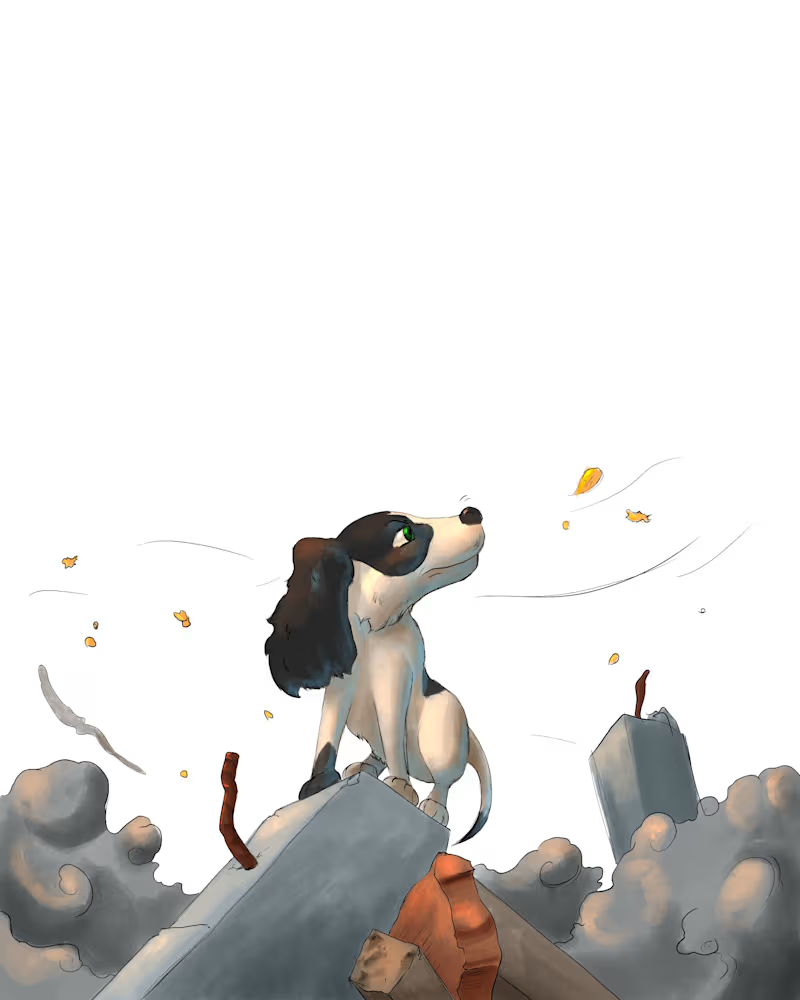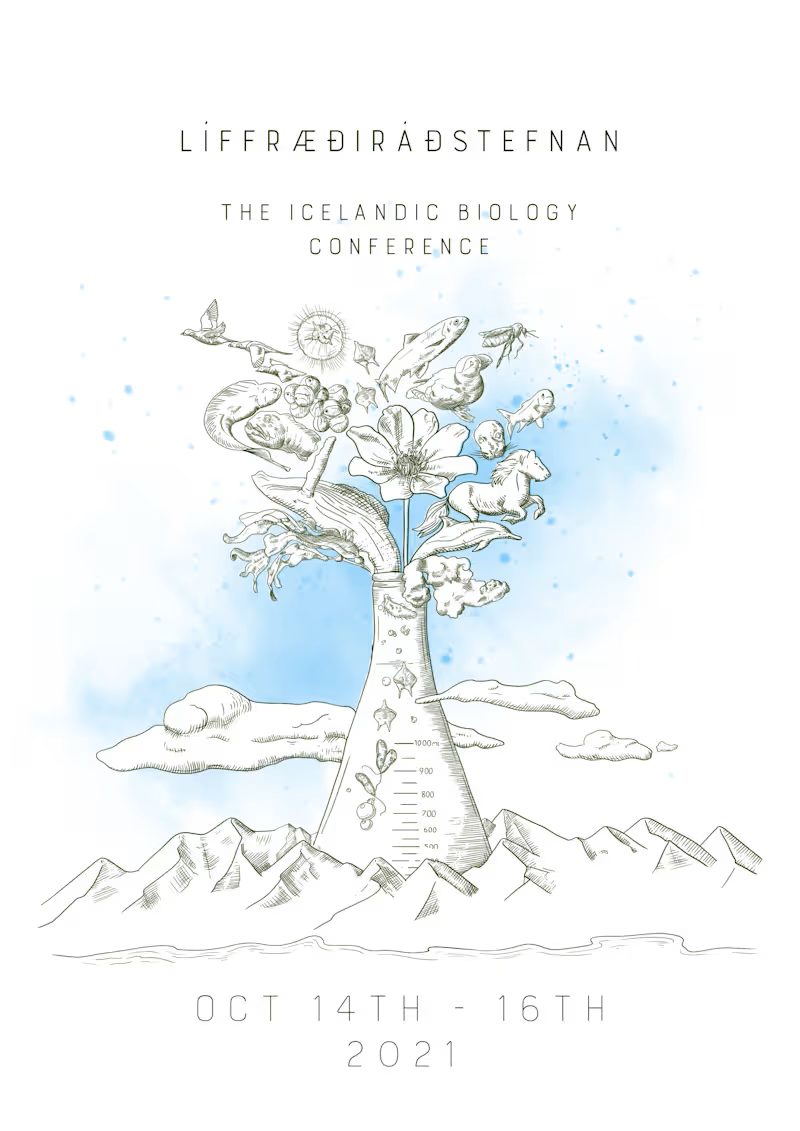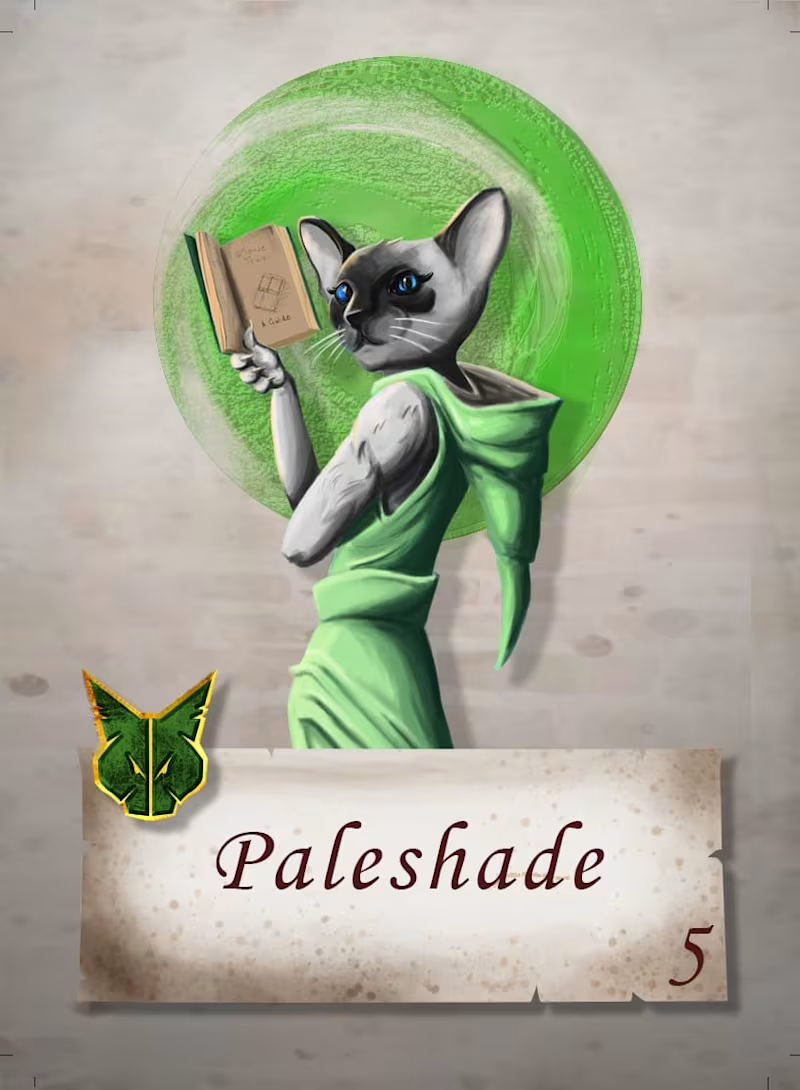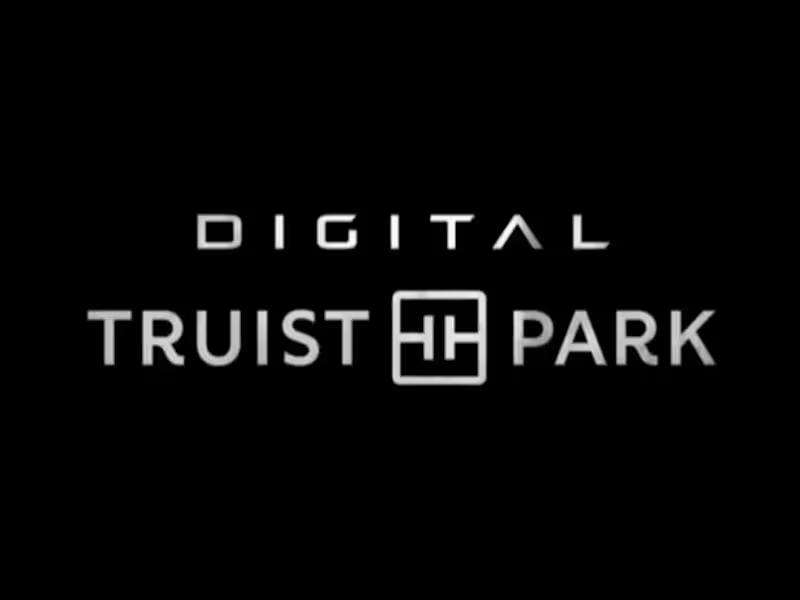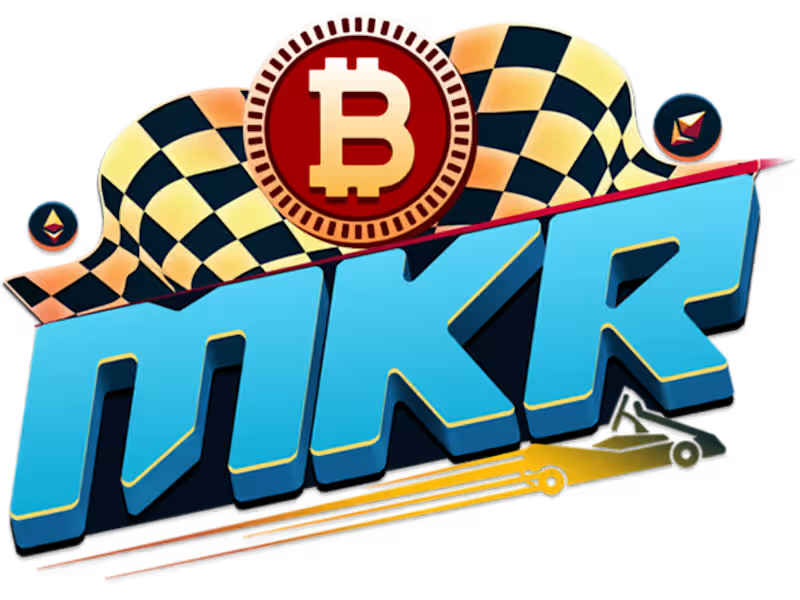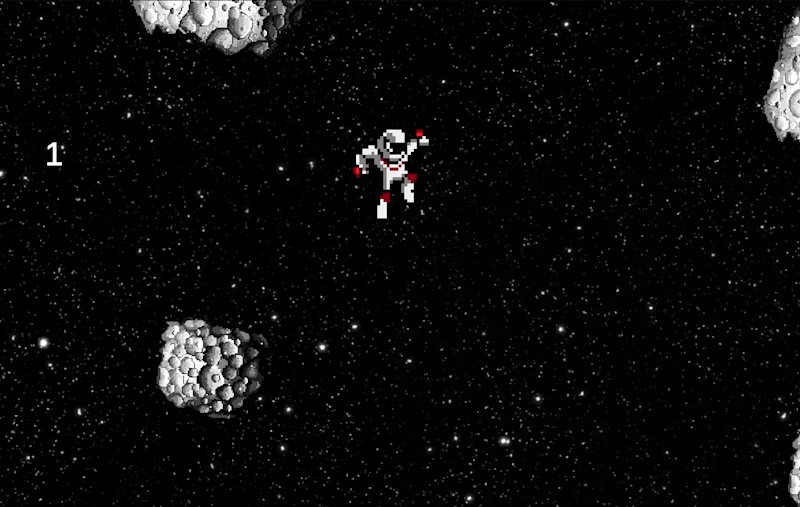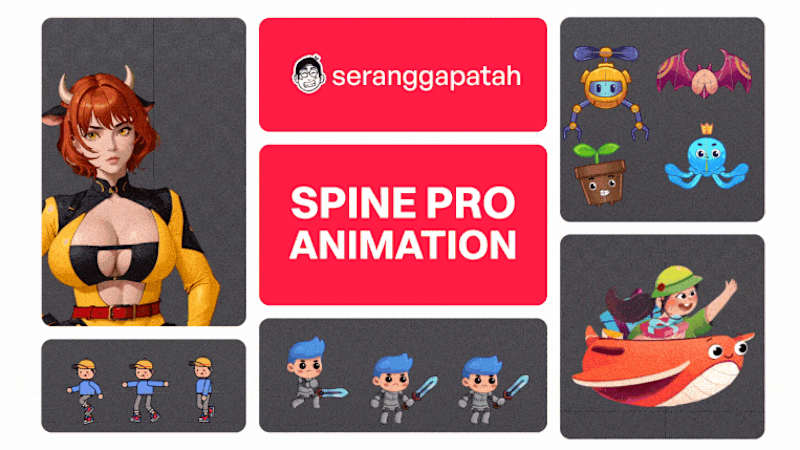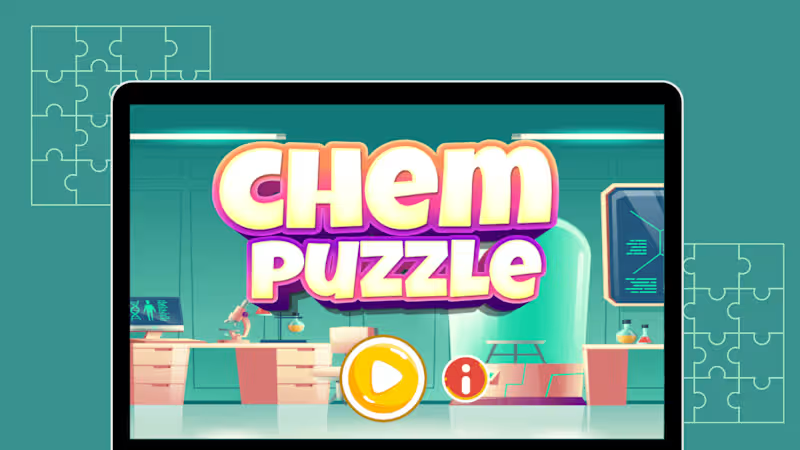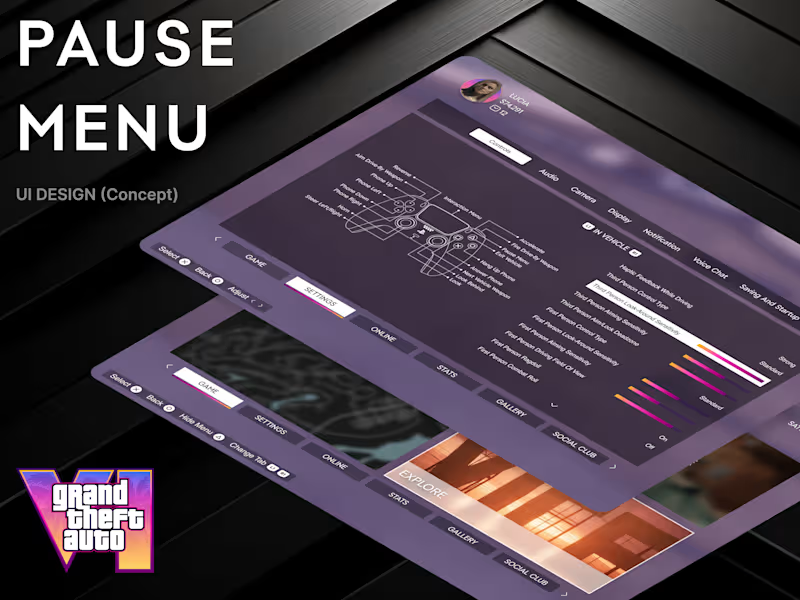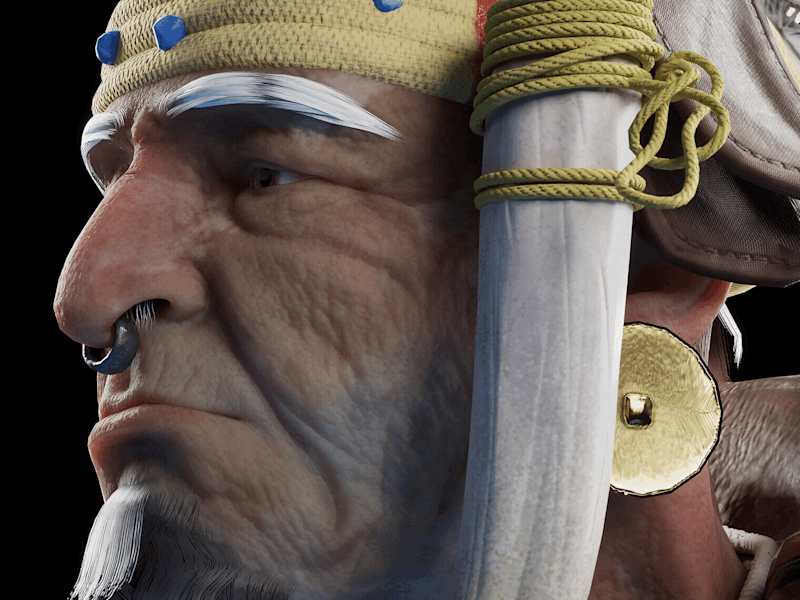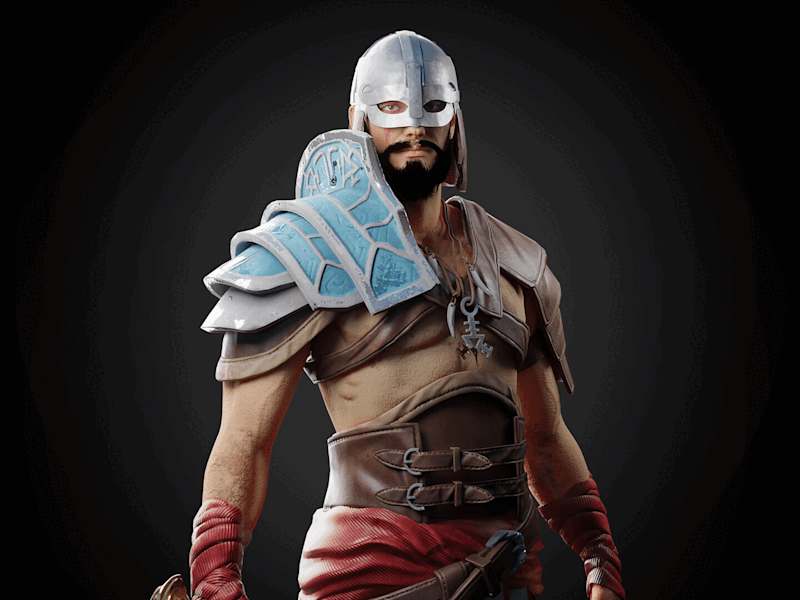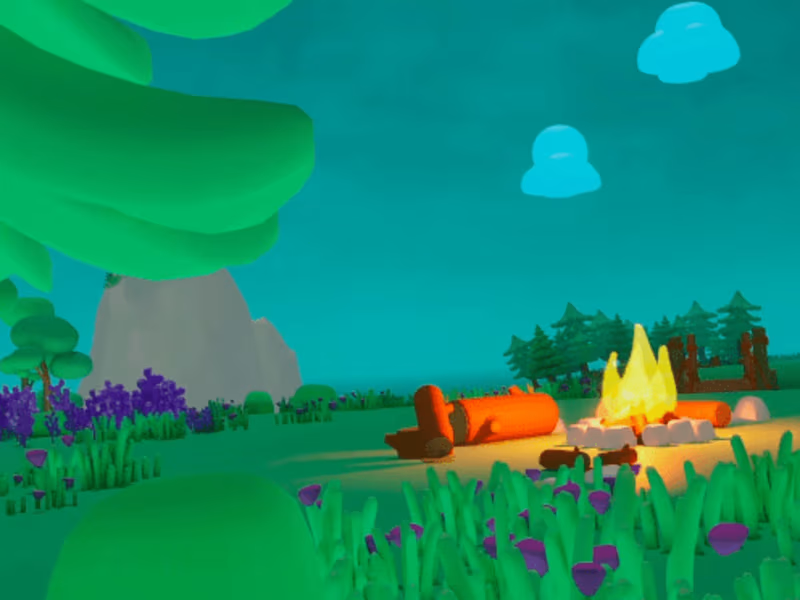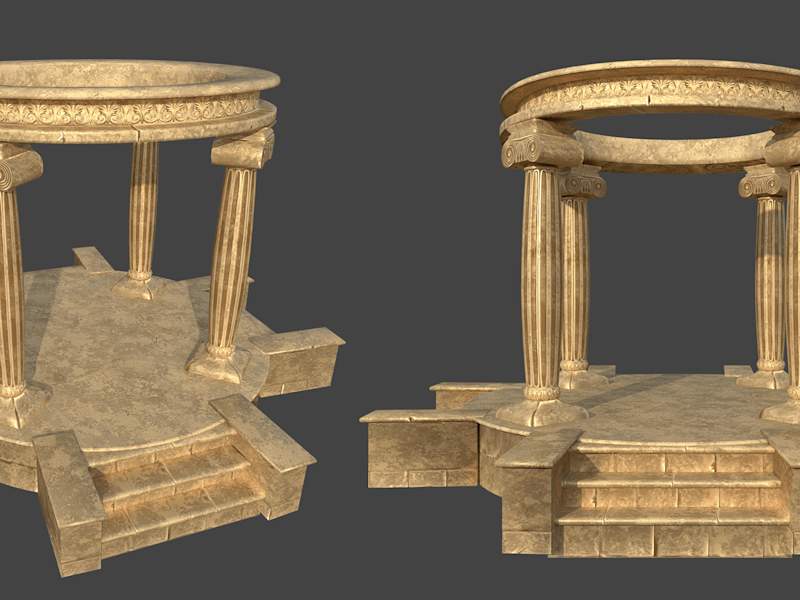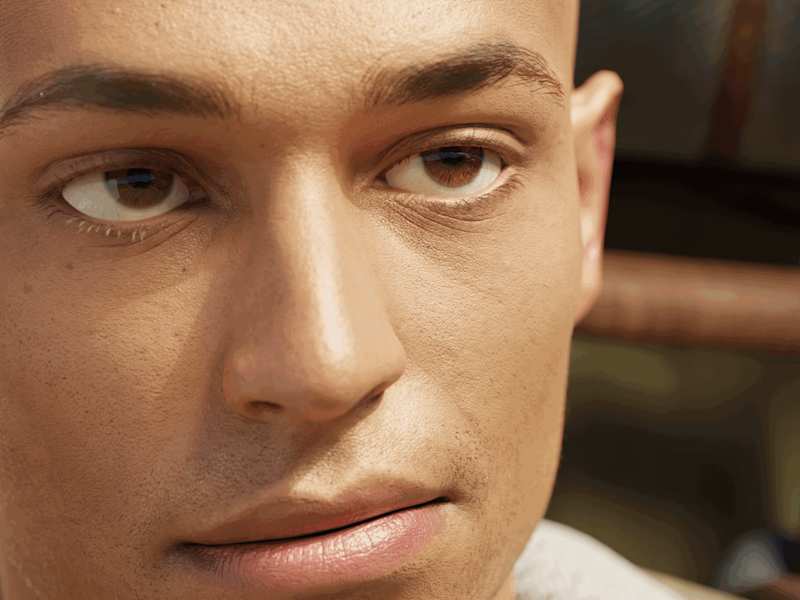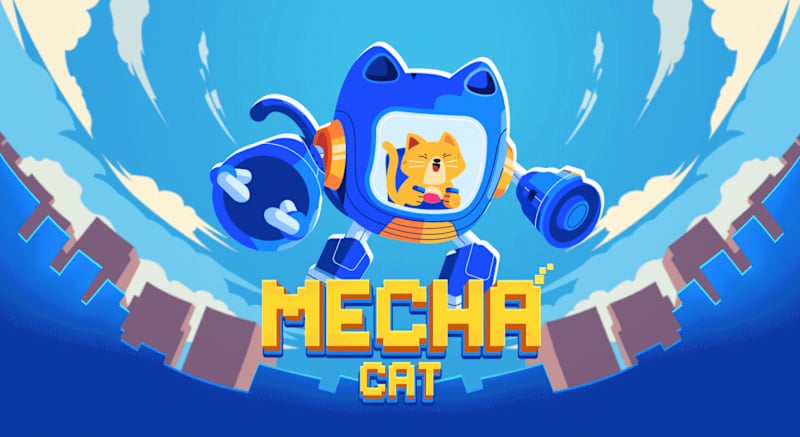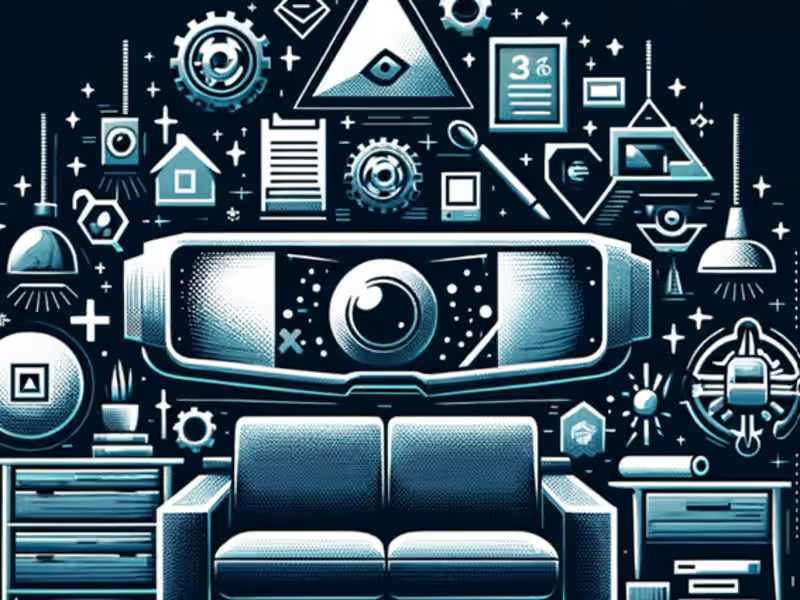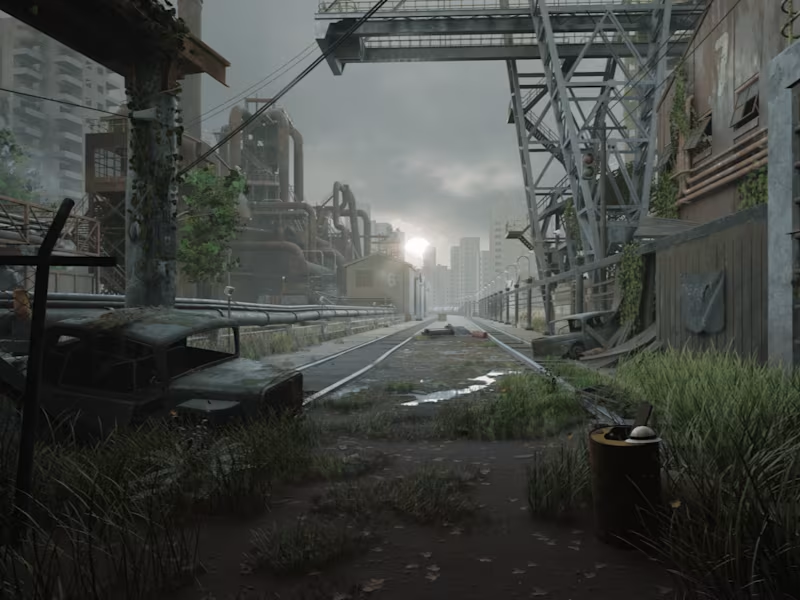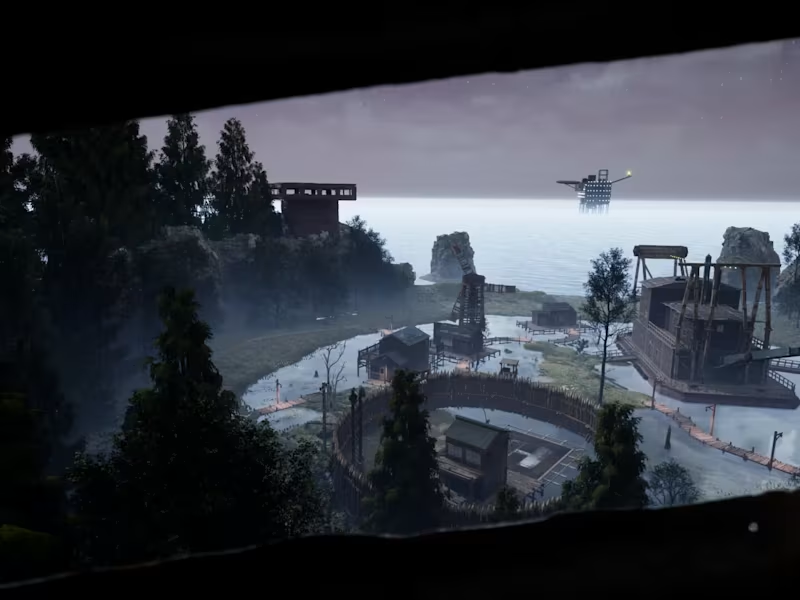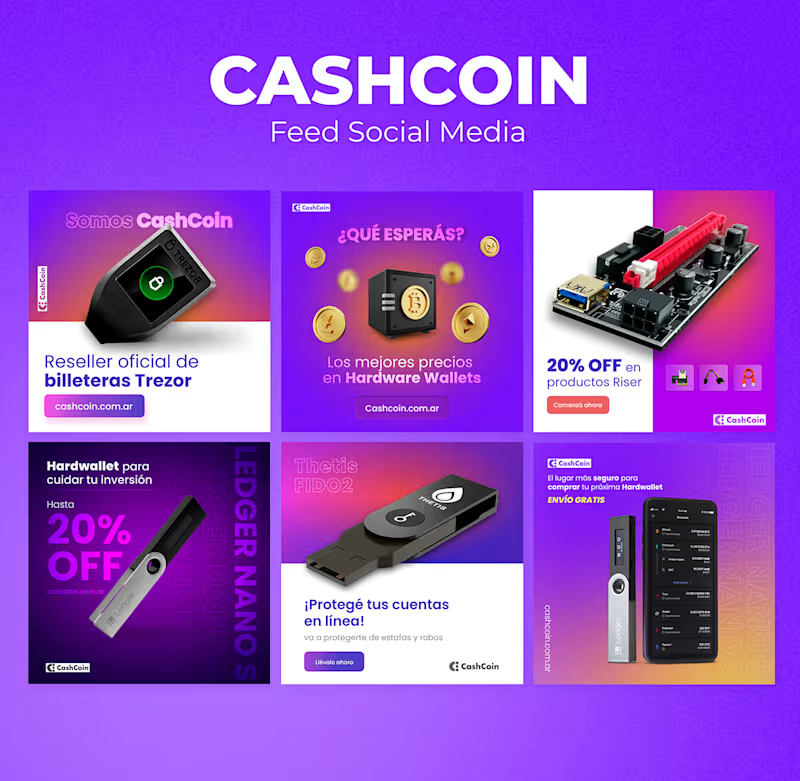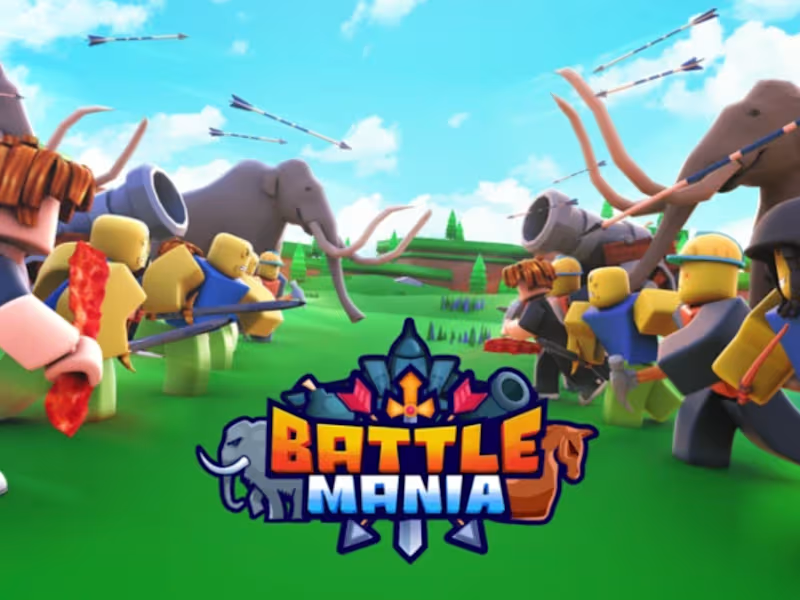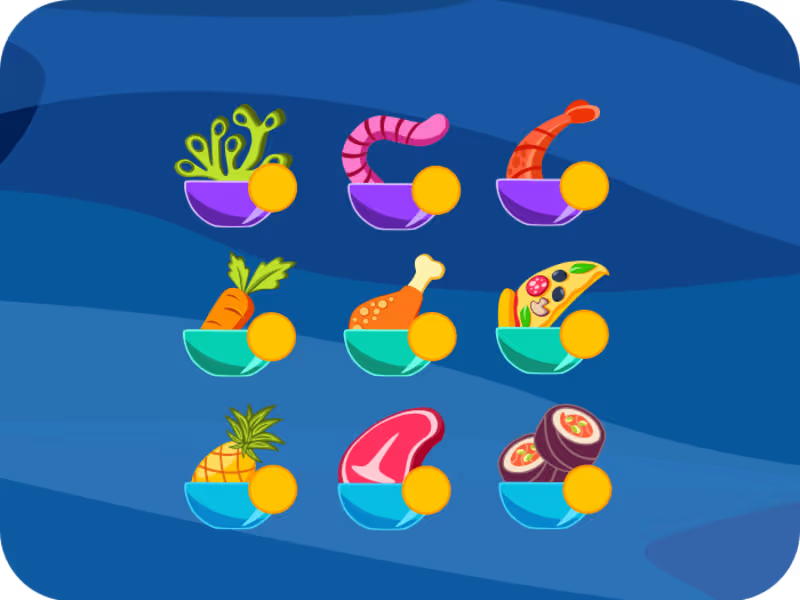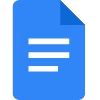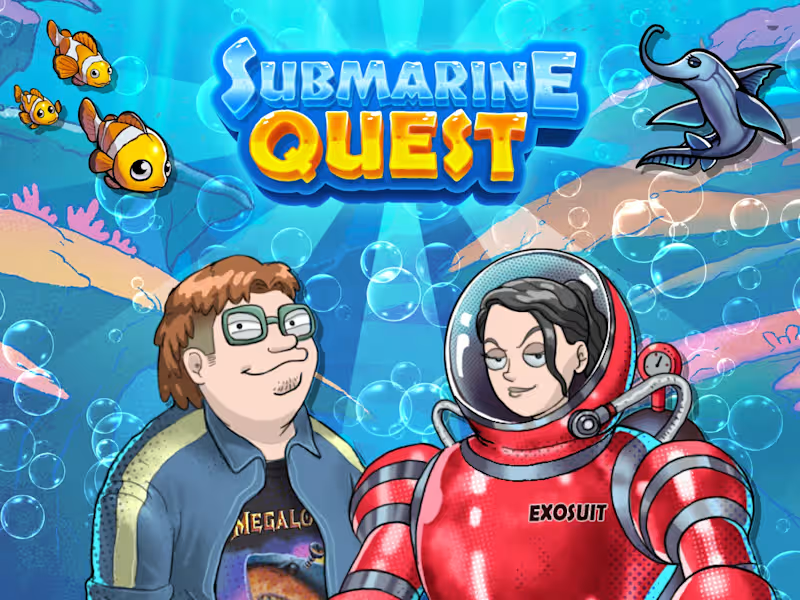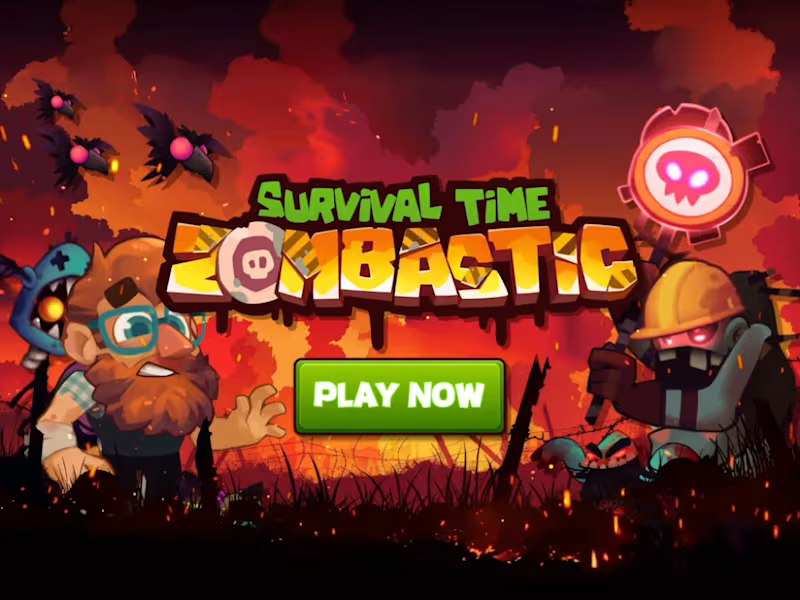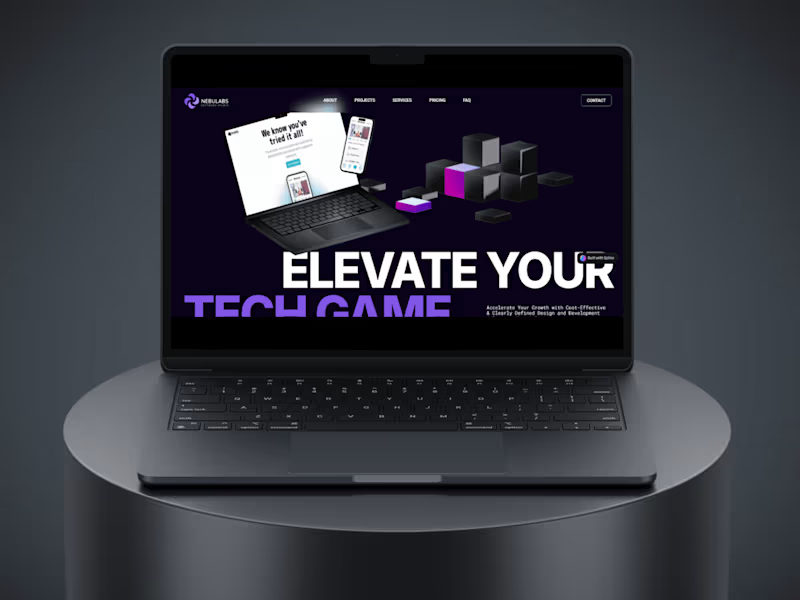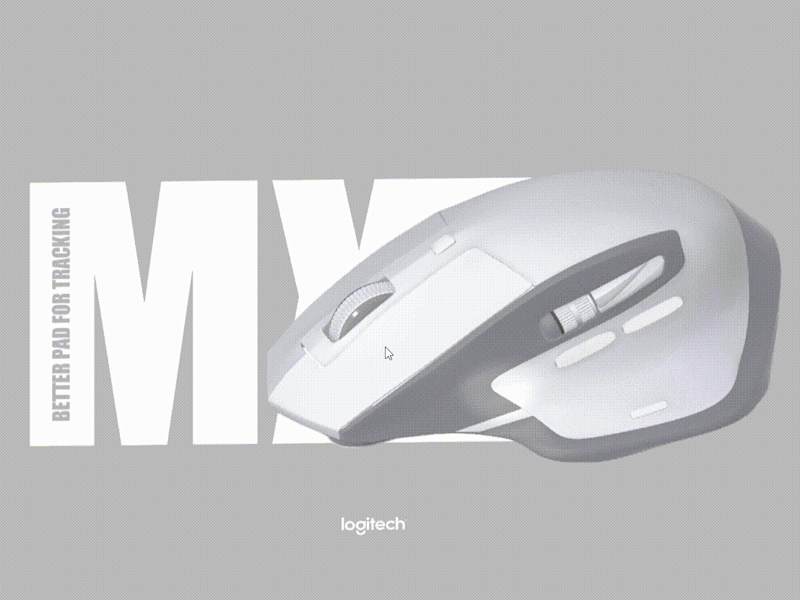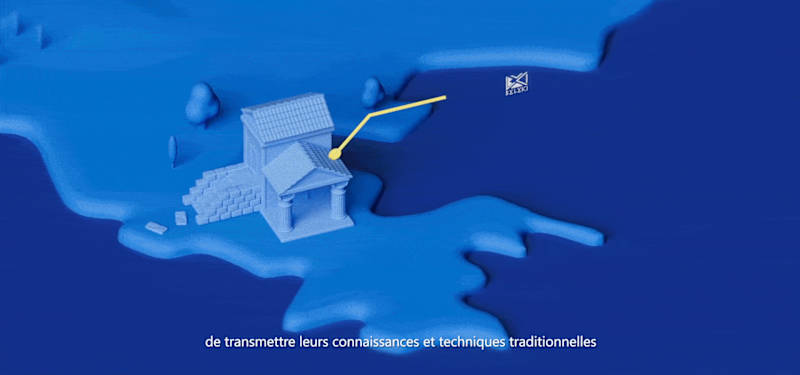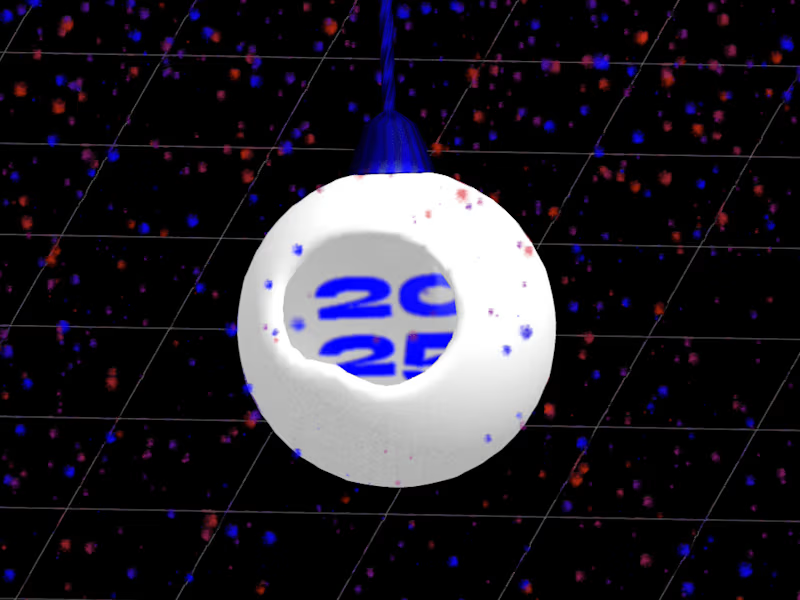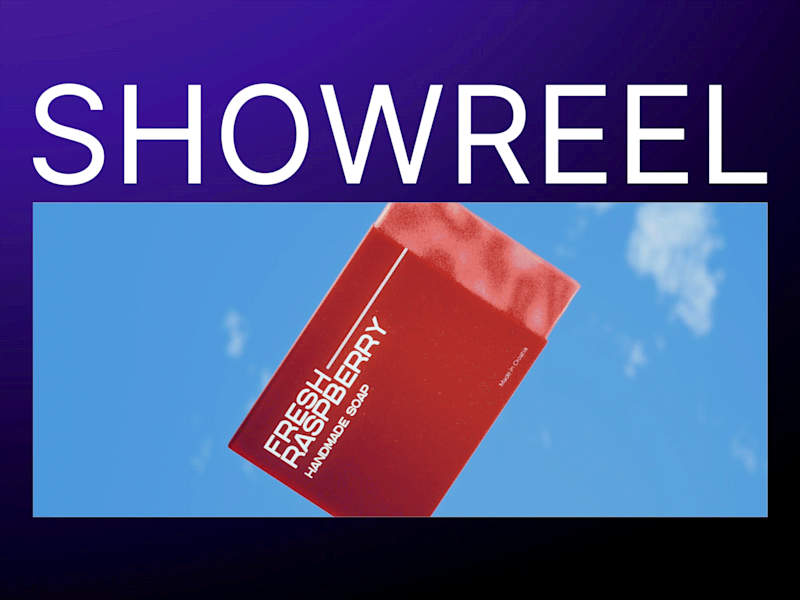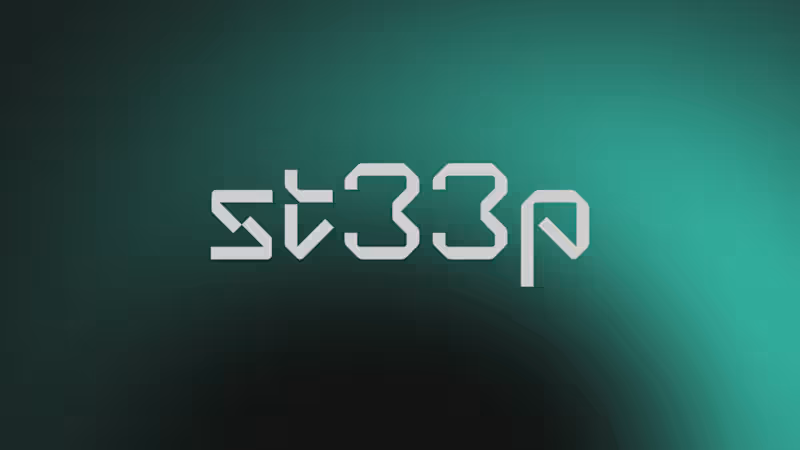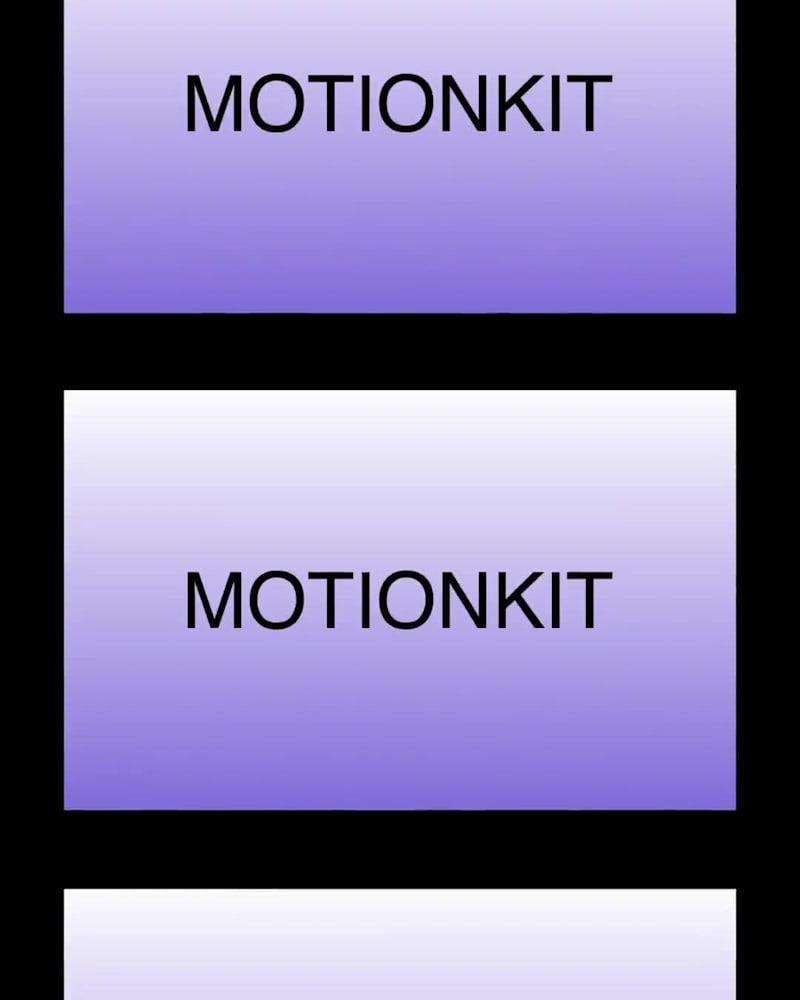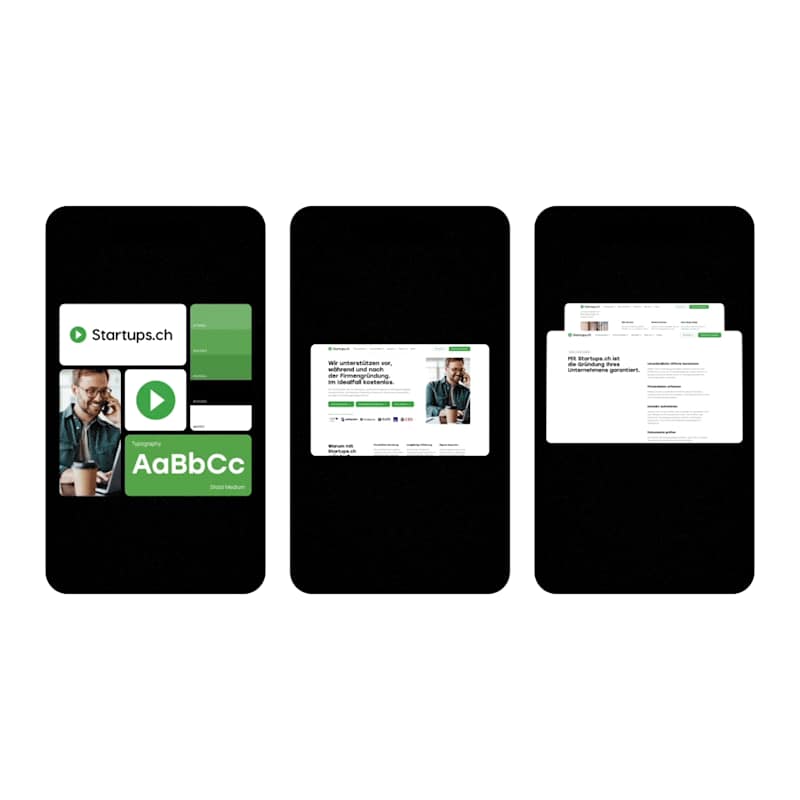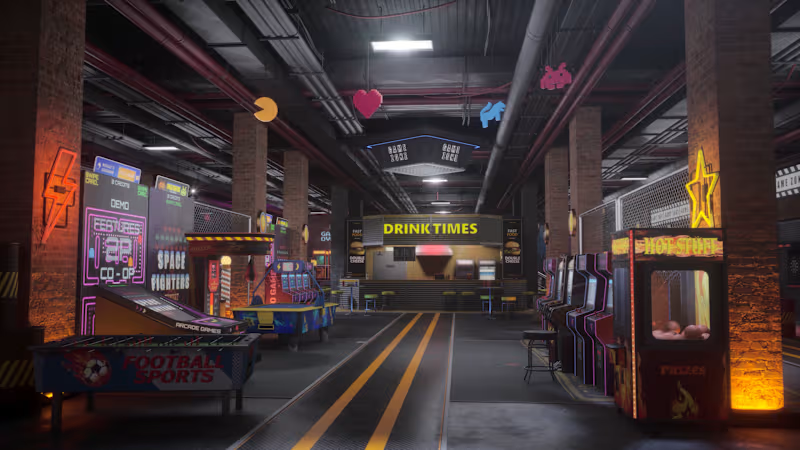What details should I provide in the project brief?
When writing a project brief for hiring a game designer, be clear about your game's goals. Explain the type of game, its target audience, and style. Include your timeline and any specific requests you have for game elements. The more details you provide, the easier it will be for the designer to understand what's needed.
How can I specify the design style I want?
Share examples of other games or art styles you like. Describe the mood or feeling you want your game to have. Make sure the designer knows if you want something bright and colorful or dark and moody. Clear visuals and examples help in aligning your vision with the designer's work.
How do I create a project timeline?
Start by breaking down the project into smaller tasks. Decide how long each task should take. Talk to the designer to make sure the timeline is realistic. Be sure to include some extra time for unexpected delays.
What milestones should I set in the project plan?
Set milestones for key parts of the project, like initial sketches, prototypes, and final designs. Milestones help track progress and keep the project on time. They also give you a chance to give feedback and make changes as needed.
How can I make sure the game designer understands my feedback?
Be clear and specific when giving feedback. Use simple language and examples to explain what you like or don’t like. Ask the designer to summarize your feedback in their own words. This helps make sure you are both on the same page.
How should I review the designer's portfolio?
Look at the designer's past work to see if their style matches what you want. Check for creativity and attention to detail. Think about how their skills can bring your game vision to life. A good portfolio will have varied projects that showcase their abilities.
Why is it important to establish communication rules at the beginning?
Decide how and when you will communicate with the designer. Regular updates help keep everyone informed and engaged. Knowing when you’ll hear from the designer can also give you peace of mind. It sets expectations for how you'll work together.
How do I clarify the scope of the project?
Write down all the tasks you want the designer to do. Make a list of what is included and what is not. Talk it over with the designer so there are no surprises later. Being clear about the scope helps the project stay on track.
What should I do if I want to make changes to the project?
Discuss any changes you want with the designer as soon as possible. See how the changes affect the timeline and scope. Work together to agree on any new plans. Quick and open communication helps to keep the project running smoothly.
How can I ensure a good working relationship with the game designer?
Be open, respectful, and honest in all interactions. Give constructive feedback and be open to suggestions. Celebrate small wins together. Building a positive relationship makes the project more enjoyable and successful for everyone.
Who is Contra for?
Contra is designed for both freelancers (referred to as "independents") and clients. Freelancers can showcase their work, connect with clients, and manage projects commission-free. Clients can discover and hire top freelance talent for their projects.
What is the vision of Contra?
Contra aims to revolutionize the world of work by providing an all-in-one platform that empowers freelancers and clients to connect and collaborate seamlessly, eliminating traditional barriers and commission fees.
